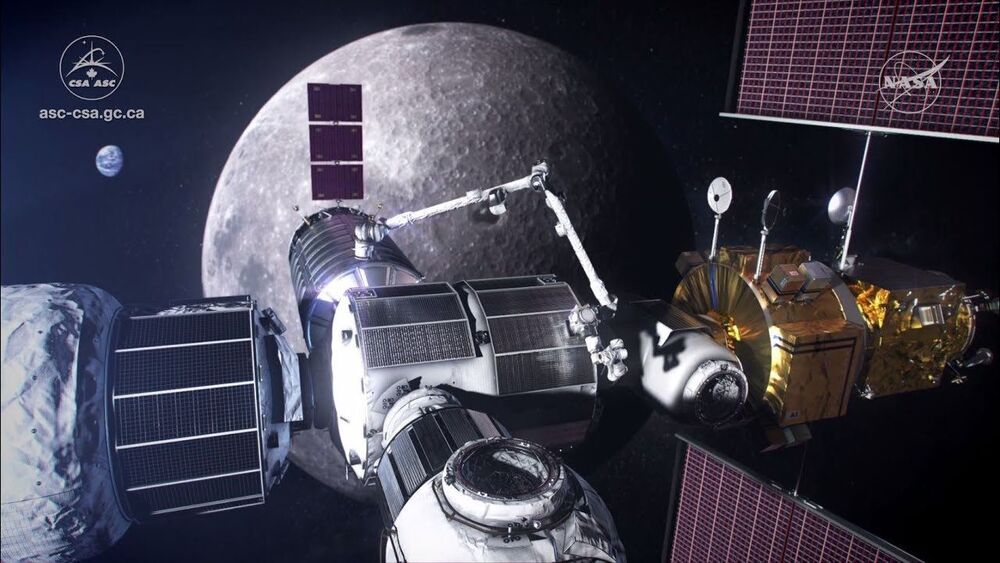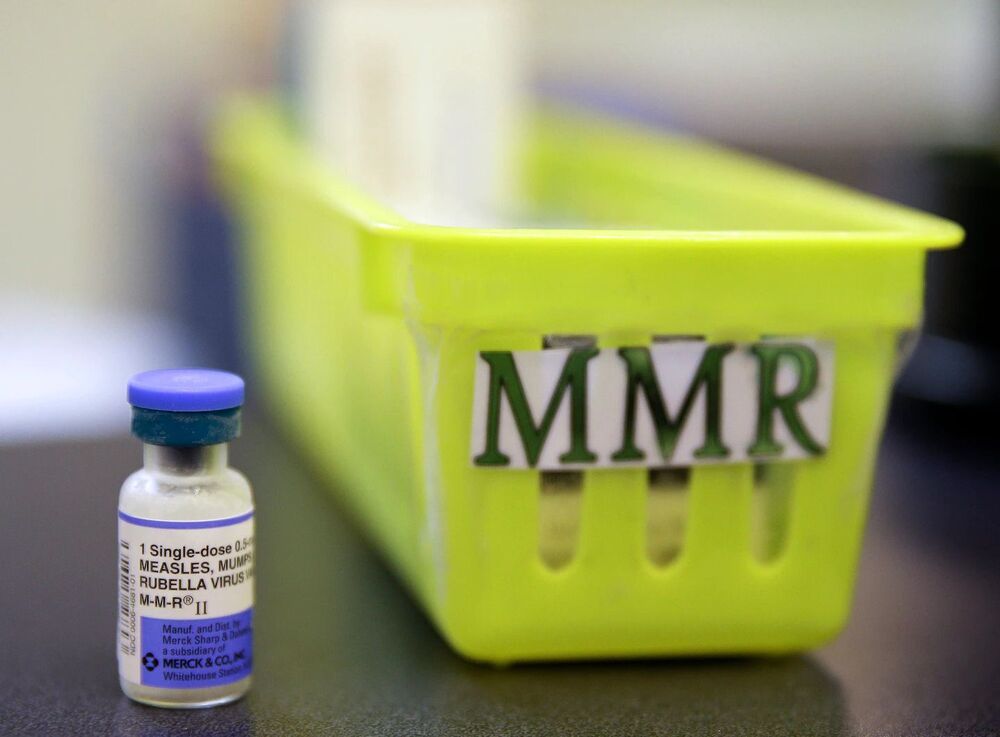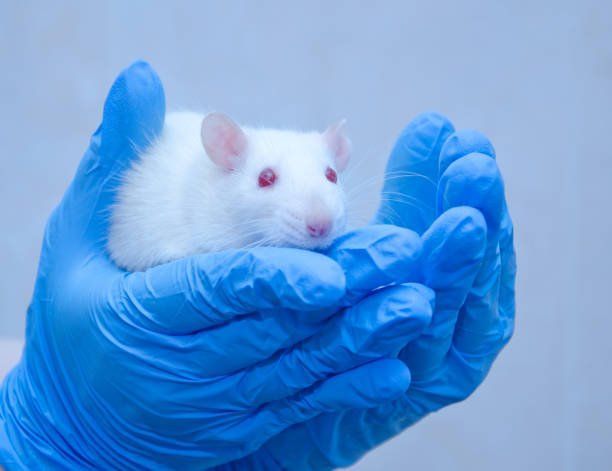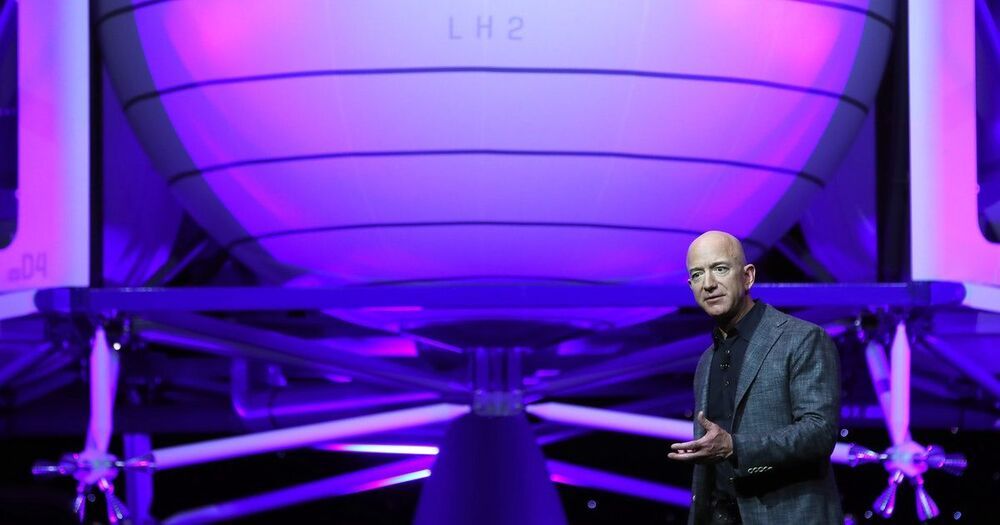Page 6536
Jun 10, 2021
Canadarm3 collision avoidance AI solutions sought as operational needs solidify
Posted by Genevieve Klien in categories: robotics/AI, space travel

https://youtube.com/watch?v=sRSNeGXTj6Q
With launch just five years away, the Gateway Exploration Robotics System — better known as Canadarm3 — has arrived at a critical point where its artificial intelligence system must be properly calibrated to meet the rigorous autonomous demands the Lunar Gateway project will impose upon it.
The AI solutions sought for Canadarm3’s vision by MDA and the Canadian Space Agency (CSA) largely relate to obstacle avoidance to prevent the arm from bumping into other structures on the lunar outpost and how to work with issues like prolonged communications blackouts and less-than-optimal lighting conditions — both of which must be overcome for the Gateway.
Continue reading “Canadarm3 collision avoidance AI solutions sought as operational needs solidify” »
Jun 10, 2021
Novel liquid crystal metalens offers electric zoom
Posted by Quinn Sena in categories: chemistry, nanotechnology, satellites
Researchers from Cornell University’s School of Applied and Engineering Physics and Samsung’s Advanced Institute of Technology have created a first-of-its-kind metalens—a metamaterial lens—that can be focused using voltage instead of mechanically moving its components.
The proof of concept opens the door to a range of compact varifocal lenses for possible use in many imaging applications such as satellites, telescopes and microscopes, which traditionally focus light using curved lenses that adjust using mechanical parts. In some applications, moving traditional glass or plastic lenses to vary the focal distance is simply not practical due to space, weight or size considerations.
Metalenses are flat arrays of nano-antennas or resonators, less than a micron thick, that act as focusing devices. But until now, once a metalens was fabricated, its focal length was hard to change, according to Melissa Bosch, doctoral student and first author of a paper detailing the research in the American Chemical Society’s journal Nano Letters.
Jun 10, 2021
Latest tests on 6G return surprising results
Posted by Saúl Morales Rodriguéz in categories: bioengineering, space
Imagine you’re a fisherman living by a lake with a rowboat. Every day, you row out on the calm waters and life is good. But then your family grows, and you need more fish, so you go to the nearby river. Then, you realize you go farther and faster on the river. You can’t take your little rowboat out there—it’s not built for those currents. So, you learn everything you can about how rivers work and build a better boat. Life is good again…until you realize you need to go farther still, out on the ocean. But ocean rules are nothing like river rules. Now you have to learn how ocean currents work, and then design something even more advanced that can handle that new space.
Communication frequencies are just like those water currents. And the boats are just like the tools we build to communicate. The challenge is twofold: learning enough about the nature of each frequency and then engineering novel devices that will work within them. In a recent paper published in Proceedings of the IEEE, the flagship publication of the largest engineering society in the world, one USC Viterbi School of Engineering researcher has done just that for the next generation of cellular networks—6G.
Andy Molisch, professor of electrical and computer engineering at USC Viterbi and the holder of the Solomon Golomb—Andrew and Erna Viterbi Chair, together with colleagues from Lund University in Sweden, New Zealand Telecom, and King’s College London, explained that we have more options for communications at 6G frequency than previously thought. Think of it as something like early explorers suddenly discovering the gulf stream.
Jun 10, 2021
Drop in childhood vaccinations during pandemic may raise risk of other outbreaks when schools reopen, CDC says
Posted by Poopeh Morakkabati in category: biotech/medical
The American Academy of Pediatrics also called on parents Thursday to get their children up-to-date on routine shots as families prepare for the return of in-person classes in the fall.
“We understand many families understandably delayed visits to their doctors during the pandemic,” Yvonne Maldonado, who chairs the group’s committee on infectious diseases, said in a statement. “We urge families to get their children caught up with their routine immunizations now. States have begun opening up, and as families move about in their community, we are concerned that we could see outbreaks of measles, whooping cough and other life-threatening diseases that could spread rapidly.”
The CDC data from 10 jurisdictions provides further evidence of the pandemic’s impact on routine childhood and adolescent vaccination rates, which were documented last year as parents across the country canceled well-child checkups to avoid coronavirus exposure.
Jun 10, 2021
Researchers create an un-hackable quantum network over hundreds of kilometers using optical fiber
Posted by Genevieve Klien in categories: cybercrime/malcode, quantum physics
Toshiba’s research team has broken a new record for optical fiber-based quantum communications, thanks to a new technology called dual band stabilization.
Jun 10, 2021
National Geographic adds 5th ocean to world map
Posted by Jason Blain in category: mapping
National Geographic announced Tuesday that it is officially recognizing the body of water surrounding the Antarctic as the Earth’s fifth ocean: the Southern Ocean.
The change marks the first time in over a century that the organization has redrawn the world’s oceanic maps, which have historically only included four: the Atlantic, Pacific, Indian and Arctic Oceans.
“The Southern Ocean has long been recognized by scientists, but because there was never agreement internationally, we never officially recognized it,” National Geographic Society geographer Alex Tait told the magazine.
Jun 10, 2021
Young Blood Plasma Reduces the Epigenetic Age of Rats
Posted by Joe Bennett in categories: biotech/medical, genetics
Preliminary results from young blood plasma transfusions in mice are showing some really promising results!
For organisms like us, survival is a team sport. I do not mean in the sense of being a pack animal that forms mutually beneficial relationships with others in order to increase the likelihood of acquiring protection and resources (although this is certain true), but instead to the fundamental functions of our biology. The cells which make up our body are all in essence working towards the goal of survival, and in turn work with one another in a variety of different ways. As anyone who has ever worked in a team will tell you, communication is key, and without it a team is doomed to failure. However, often poor or incorrect communication can be even worse than no communication at all.
Jun 10, 2021
SpaceX Mars City: Bezos and Branson reveal the flaw in Elon Musks vision of space
Posted by Atanas Atanasov in categories: Elon Musk, space travel
The three billionaires are locked in a race to reach space — but some future visions look more promising than others.
















